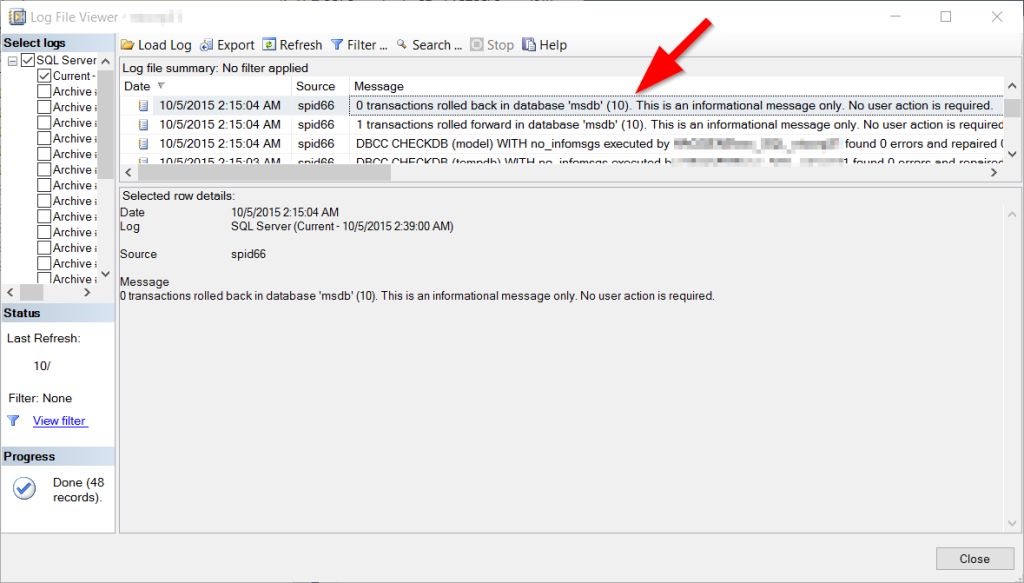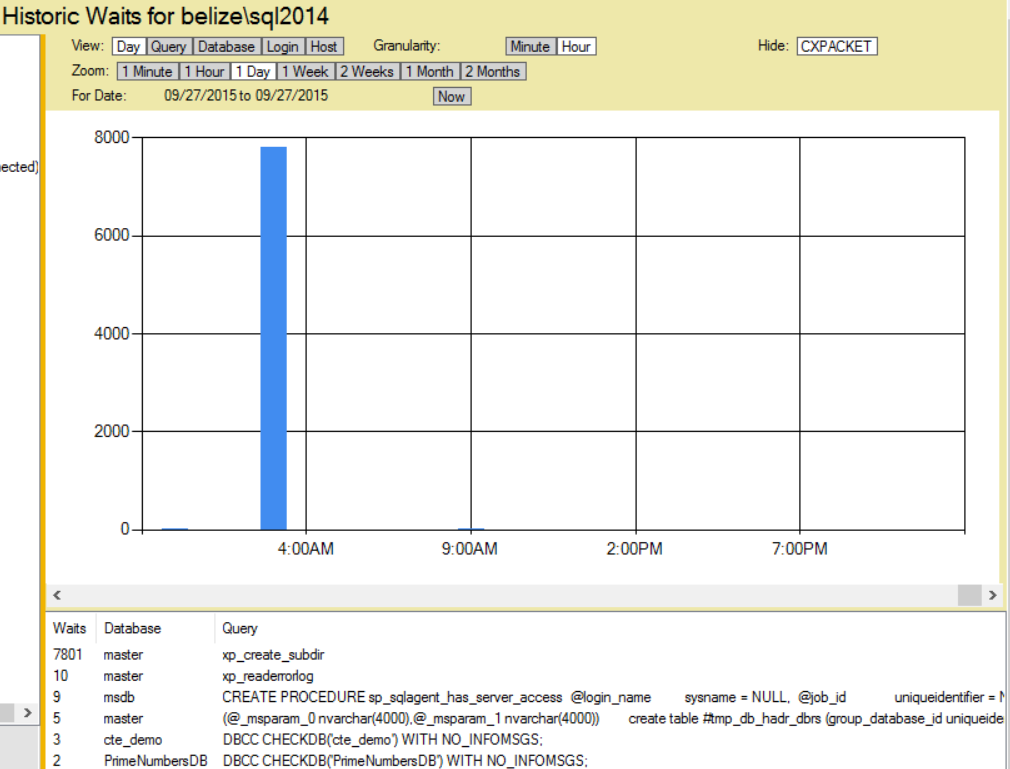Optimize for Ad Hoc Workloads
The Optimize for Ad Hoc Workloads server configuration can improve performance, and is extremely unlikely to negatively impact performance.
This was a new feature that was introduced in SQL Server 2008, and as with many new features in SQL Server, it is not turned on by default.
What Optimize for Ad Hoc Workloads Changes.
Without the Optimize for Ad Hoc Workloads feature enabled, when a plan is compiled, it is kept around in memory (cached) until something else pushes it out of the cache.
With the Optimize for Ad Hoc Workloads feature enabled, the first time a plan is compiled, it is not kept around in cache, rather a stub is kept around to indicate that they query has previously been complied. The second time the plan is compiled it is kept around in memory. Over time you end up with fewer one time use queries in memory, reducing the memory impact of the plan cache. All other multi-use ad hoc plans will need to be compiled twice on the first and second time that they are used.
What it doesn’t to
The Optimize for Ad Hoc Workloads server configuration doesn’t change the size of the plan cache in SQL Server, it does however prevent the single use ad hoc plans from using up plan cache space, making more space for other cached plans.

